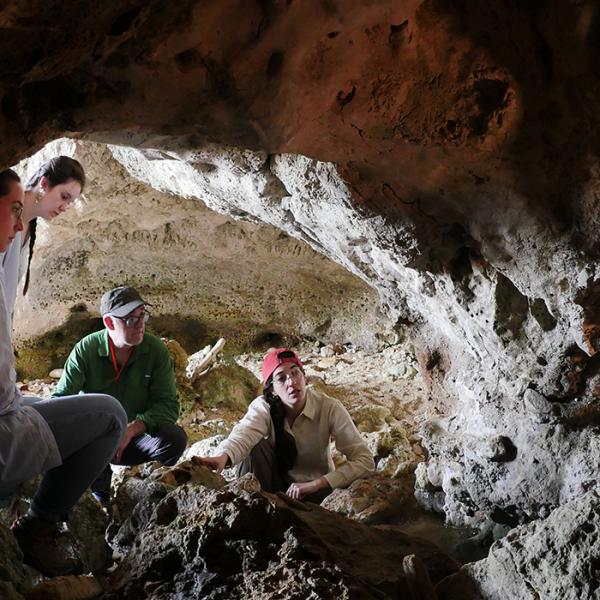Using artificial neural networks (ANNs) -- computer networks that imitate the workings of the human brain -- Glenn Conroy, Professor of Physical Anthropology and Anatomy and Neurobiology at Washington University in St. Louis and colleagues Robert Anemone, PhD, and Charles Emerson, PhD of Western Michigan University, developed a computer model that can pinpoint productive fossil sites in the Great Divide Basin, a 4,000-square-mile stretch of rocky desert in Wyoming.
The basin has proved to be a productive area for fossil hunters, yielding 50 million- to 70 million-year-old early mammal fossils.
The software builds on satellite imagery and maps fossil-hunters have used for years to locate the best fossil sites. It just takes the process a step further, Conroy says.
With information gathered from maps and satellite imagery -- such as elevation, slope, terrain and many other landscape features -- the ANN was "trained" to use details of existing fossiliferous areas to accurately predict the locations of other fossil sites elsewhere in the Great Divide Basin.
Because few sites are 100 percent identical, researchers had to "teach" the ANNs to recognize sites that shared key features in common. With the help of guidance from the scientists, the ANNs use pattern recognition to identify sites that share similar features.
"The beauty and power of neural networks lie in the fact that they are capable of learning," says Conroy, also a professor of anatomy and neurobiology at the School of Medicine. "You just need to give them a rule to deal with things they don't know."
Conroy and colleagues tested the software at the Great Divide Basin last summer. The ANNs correctly identified 79 percent of the area's known fossil sites, and 99 percent of the sites it tagged contained fossils.
To read more on Dr. Conroy's research, please visit the following websites.


